California is exploring a new approach to road funding as electric vehicles become more prevalent and traditional gas tax revenues decline.
The state has initiated a pilot program that proposes charging drivers based on the miles they travel, shifting away from reliance on gasoline consumption for road maintenance funding.
Pilot Program: Pay as You Go
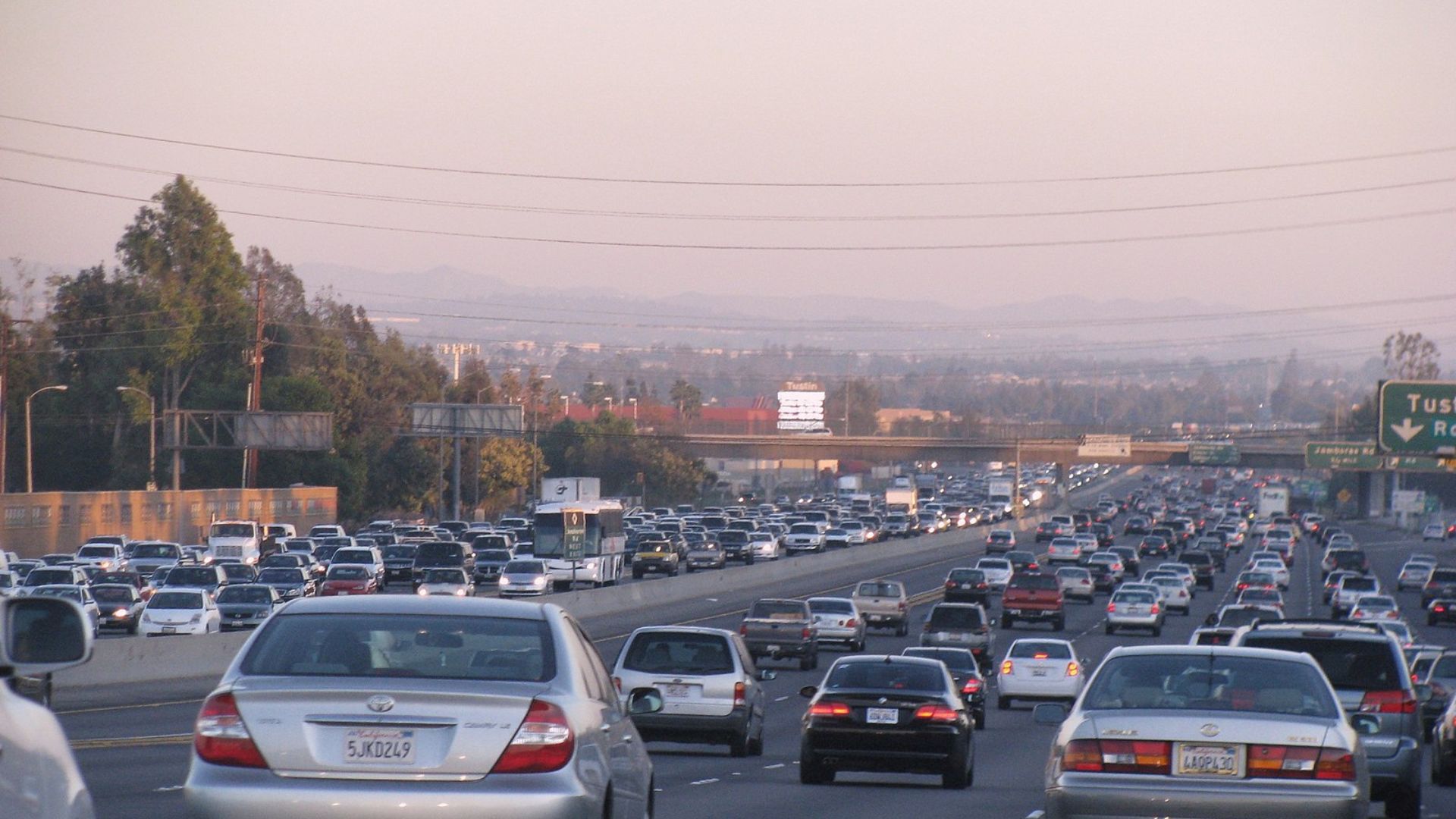
Caltrans is recruiting drivers for a six-month trial where they’ll fork over about 3 cents per mile instead of paying the traditional gas tax.
“This time we’ll be collecting actual revenue from participants,” Lauren Prehoda from Caltrans’ Road Charge Program reveals.
Why California Needs a Change
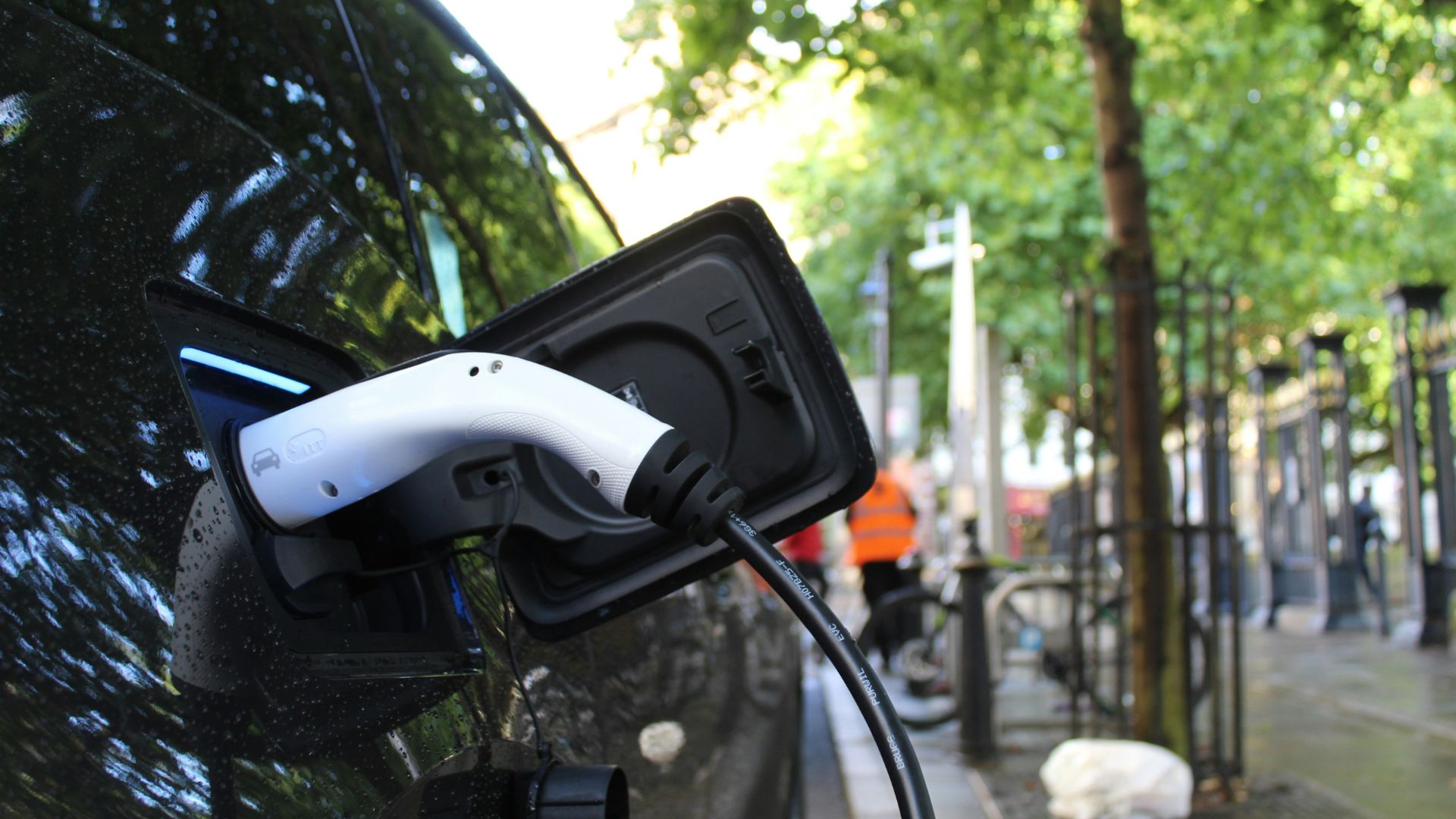
The gas tax cash flow is dwindling, and Prehoda warns of a potential $4.4 billion budget gap in ten years.
Meanwhile, maintaining California’s roads eats up over $8 billion annually—money that’s running thin as EVs rule the road.
The Search for 800 Participants

This latest study is looking for about 800 participants across the state in both rural and urban communities to join.
This is an opportunity for Californians like you to be part of a solution that could benefit future generations in the state.
What’s In It for You?

Participants snag up to $400 and get a free pass from gas taxes during the program.
Participants will track their miles easily by taking a photo of their odometer or using a transponder in their car.
Addressing Privacy Concerns

Privacy is a major concern among participants. Caltrans assures that the program is designed to track only the number of miles driven, without accessing location data.
“Caltrans will only see the number of miles and not see location information,” Prehoda assures, emphasizing the focus on mileage rather than tracking individual movements.
Electric Vehicle Owners’ Concerns

Electric vehicle owners, including Jamonique Fletcher from San Jose, express concerns over the new system.
Fletcher argues that charging by the mile could negate the incentives for purchasing electric vehicles, stating, “I would be very upset because I think it just kind of retracts the incentive.”
How to Participate in the Pilot

Individuals interested in joining the pilot program can sign up through the California Road Charge website.
The program is open to a variety of participants, offering different payment structures based on vehicle fuel efficiency or a flat rate, to thoroughly test the system’s effectiveness.
Variable Charging Rates

The pilot program will experiment with different charging methods. Some participants will face a flat rate, while others will be charged based on the fuel efficiency of their vehicles.
This variation aims to identify the most equitable method of applying the mileage tax.
A Vision for Fair Road Funding

The pilot program represents a step towards a more equitable system of road funding where costs are distributed based on usage rather than fuel type.
This could lead to a more sustainable model as vehicle technologies evolve and the number of electric vehicles increases.
Setting a Precedent for Future Funding

This pilot program is more than a test; it’s potentially setting the groundwork for how roads could be funded nationwide in the future.
The results from this initiative could influence broader policy decisions regarding transportation funding.
The First Program
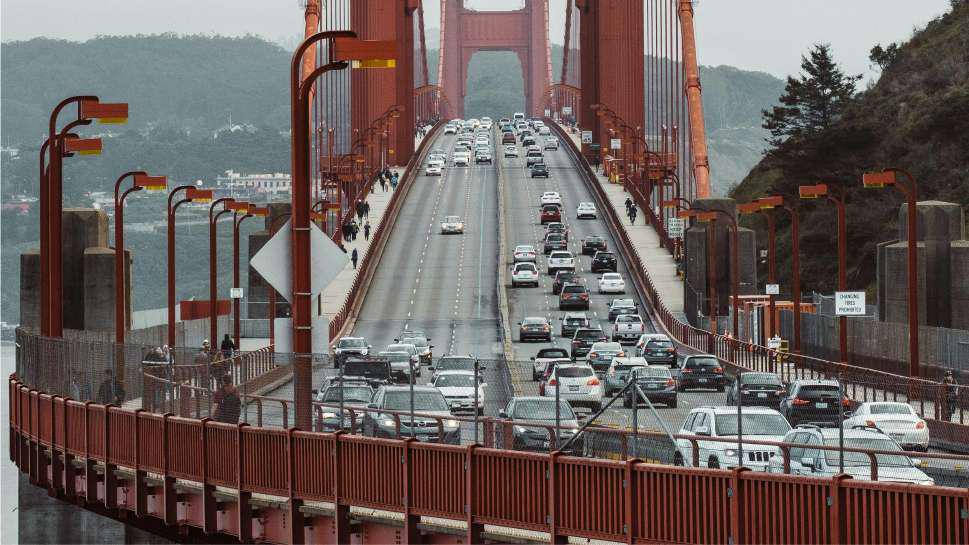
In 2016, officials tested the first pilot program as a new revenue stream, exploring the variety of ways drivers report mileage.
Officials have been looking into how a new tax could disproportionately affect rural and tribal communities.
The Final Test

“This time it’s unique because in the past we haven’t actually collected money,” Lauren Prehoda, manager of Caltrans’ Road Charge Program, told the Los Angeles Times. The program is focused on testing the collection process and will be looking for the easiest process for drivers.
The final test of the process before is expected to be soon as policy makers determine how it will be implemented going forward.
Contributing to a Sustainable Model

Participation in this pilot is an opportunity for California drivers to contribute directly to the development of a new, fairer road funding model.
It represents a collective effort to adapt to changing transportation technologies and economic realities.
What Comes Next for California’s Roads?
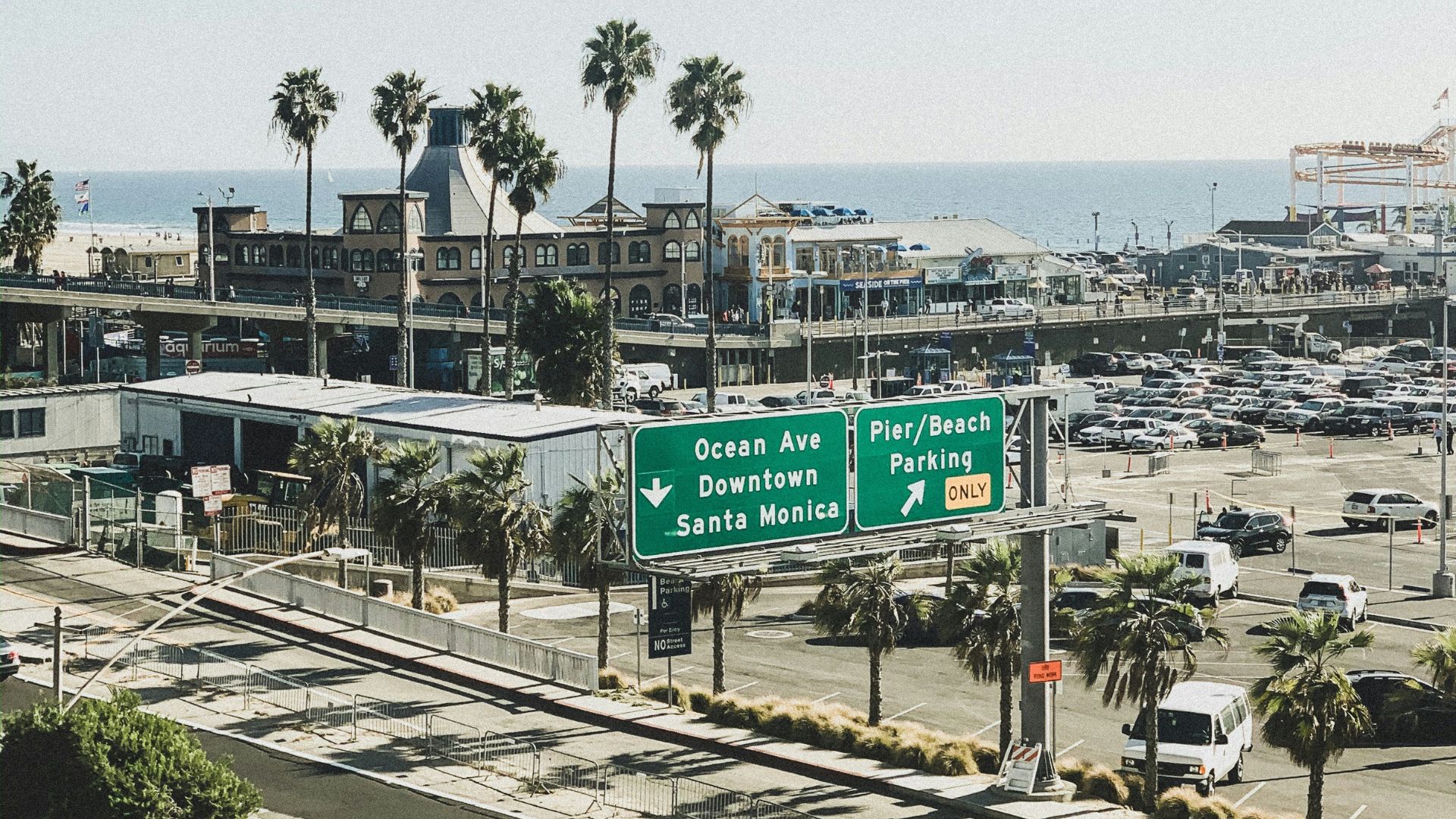
As the pilot progresses, it will provide valuable data that could reshape the way California, and potentially other states, fund their road infrastructure.
The outcome could offer a blueprint for addressing the financial challenges posed by the shift away from traditional fuel consumption.
Californians Pay More at the Pump
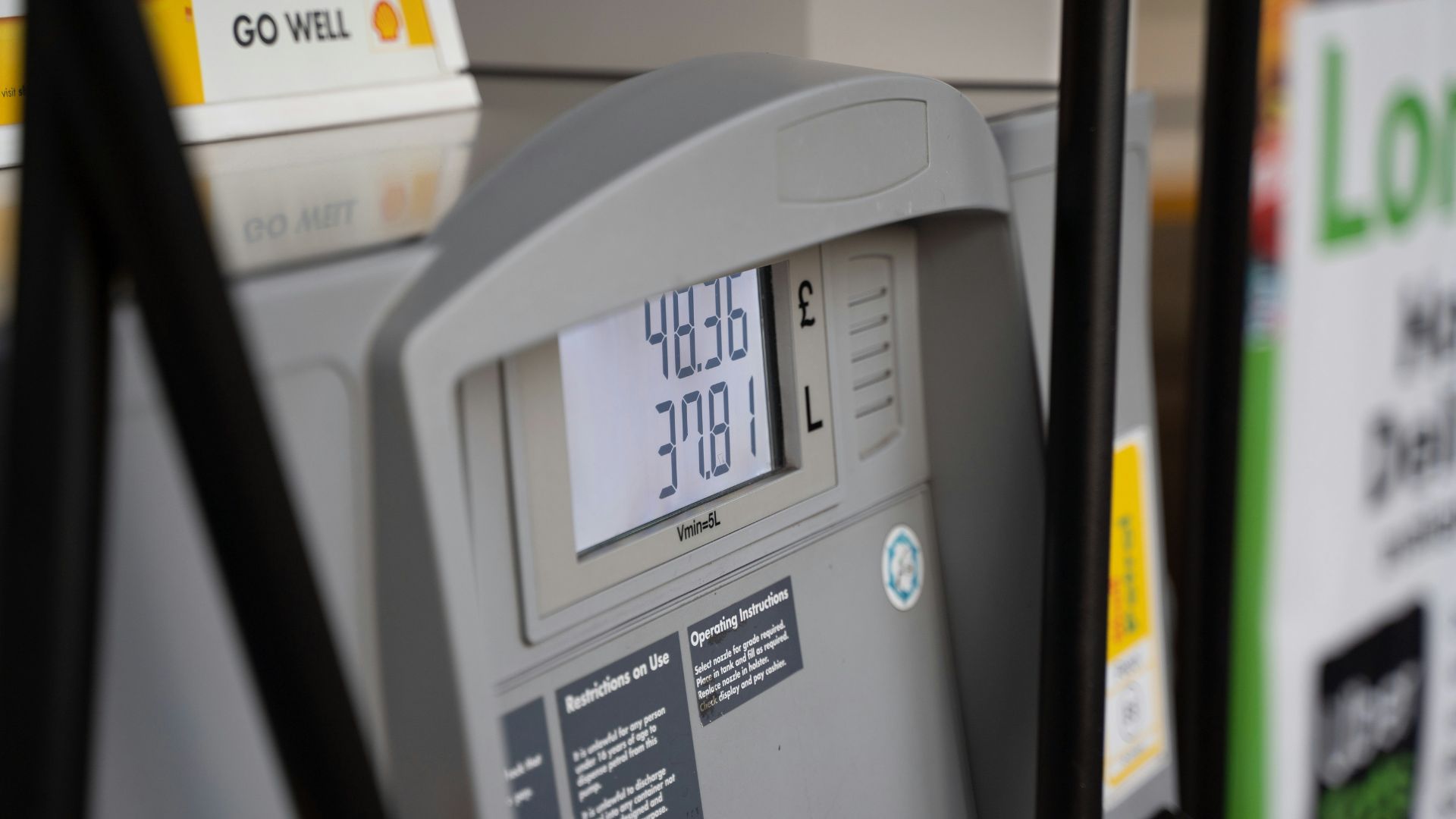
California drivers pay a gasoline tax each time they stop at the pumps, which currently funds 80% of highway and road repairs.
Right now, the state’s comparatively high excise tax on fuels is about 50 cents per gallon for gasoline and 44 cents per gallon for diesel.
California’s Are Driving Less

With Californians driving less and less these days thanks to delivery services, awareness of the carbon footprint, and remote work, the state is trying to find new sources of tax-based revenue.
“What’s happening right now as we see this growth in different types of vehicles … we’re seeing this increasing unfairness in what people are paying,” Prehoda said.
EVs Are Not Helping California
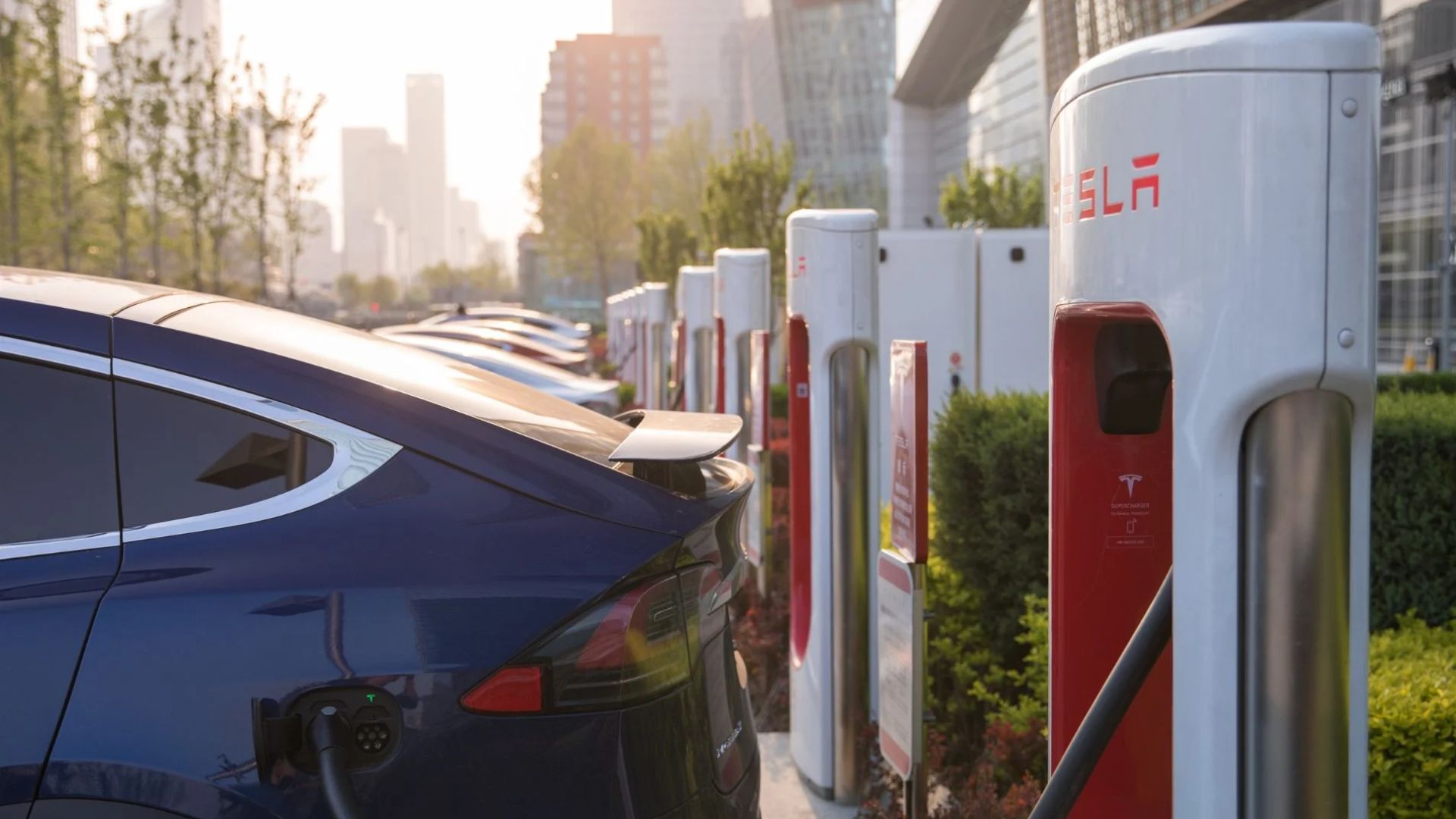
Although owners of electric vehicles pay a yearly fee to help fund road repairs, this fee is about a third of the roughly $300 that Californians pay on average through the gas tax, according to the program.
However, the new program is focused on this issue and will test two payment models.
Gas Prices Are Rising (Again)
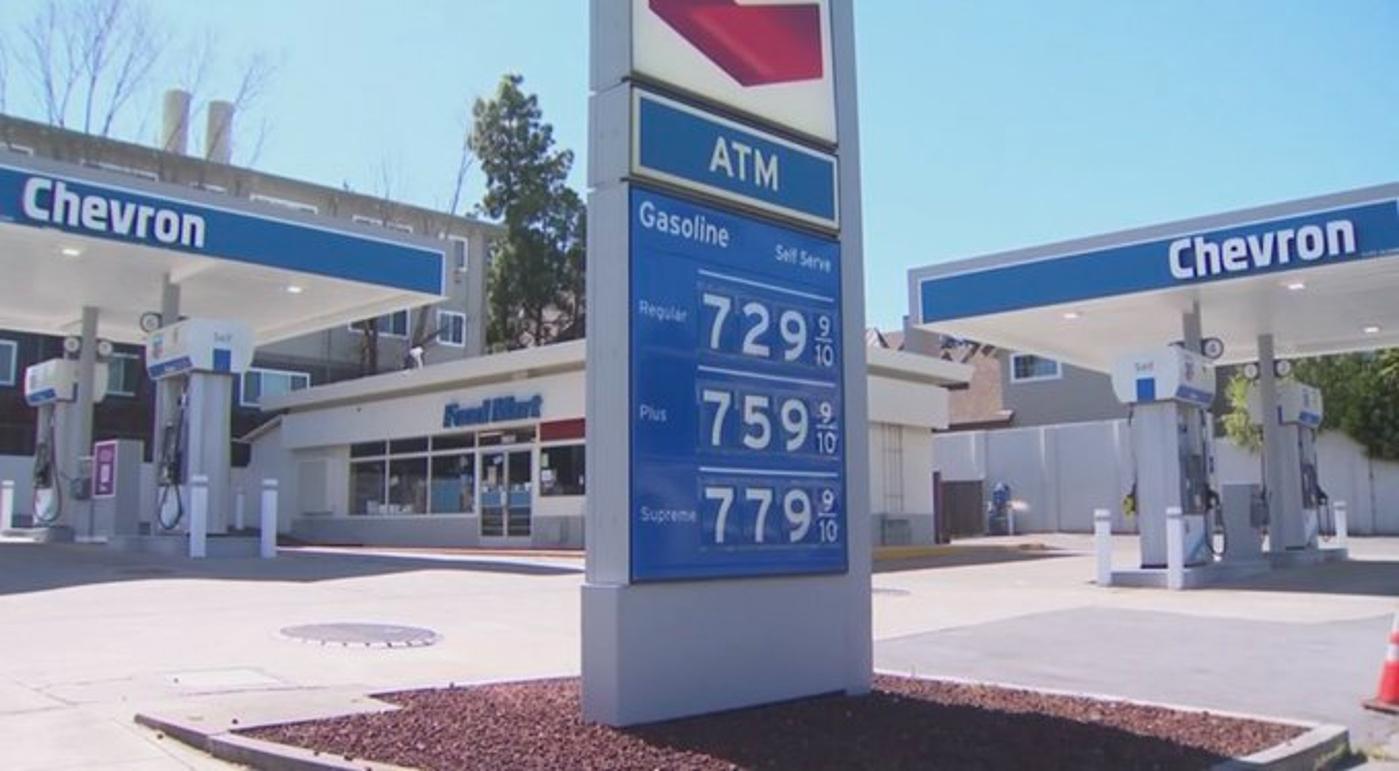
For many middle-class and low-income Californians, gas is unaffordable, and it might get worse. The California Air Resources Board (CARB), the state’s primary environmental regulator, reported that gas prices will rise again next year by 50 cents per gallon.
Each year after that, we will add an additional 50 cents per gallon to fund clean air efforts.
Gas Taxes “Penalize” Californians

Republican state Sen. Janet Nguyen told Fox News Digital that the tax will “penalize the majority of Californians.”
“No one knows about this. I think people just think it’s a tax, so they don’t know the difference between the carbon tax versus the state tax. It’s almost like a tax on the tax,” Nguyen said.
Gas Prices Are Increasing This Summer

The report suggests that the Low Carbon Fuel Standard reforms created in 2007 are responsible for the increase in gas prices. However, the air board staff has called the gas price hike projections “incomplete.”
It is unclear whether gas prices in California will jump by 50 cents per gallon next year, but they will increase by 2 cents in July.
California Pushes for EVs
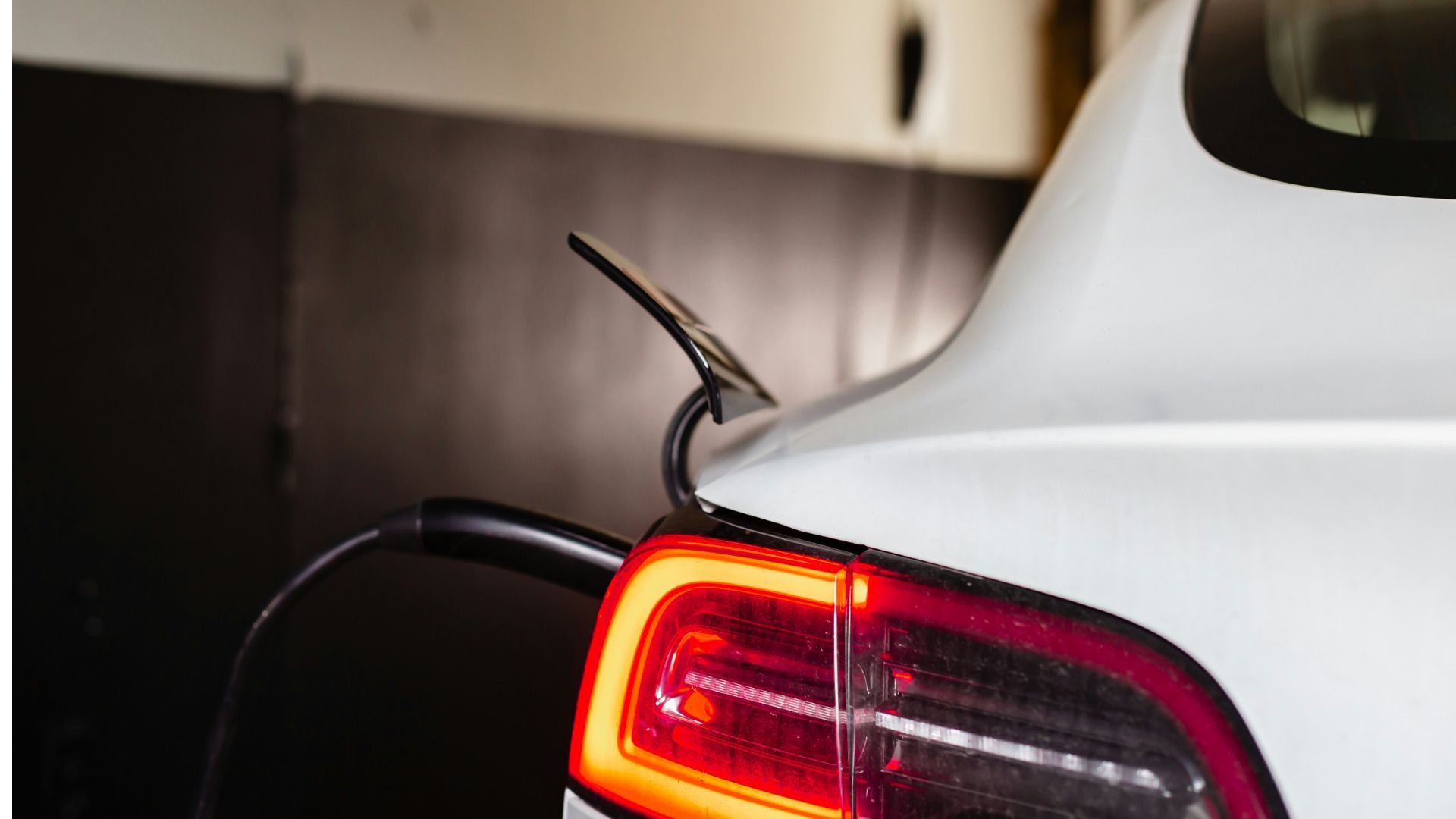
California is trying to phase out new gas-powered cars by mandating rules that make electric vehicles the sensible and affordable choice for Californians.
By 2035, all new cars, SUVs, and pickup trucks sold in the state will need to generate zero tailpipe emissions.
The Big Phase Out

California’s climate fight extends beyond the roads, but the state is well aware that transportation is one of its biggest problems.
Under the plan, the state is phasing out reliance on fossil fuels, deploying green energy, cutting greenhouse gas emissions by 85% by 2045, and decreasing oil demand by 94%.
Solving the Climate Crisis
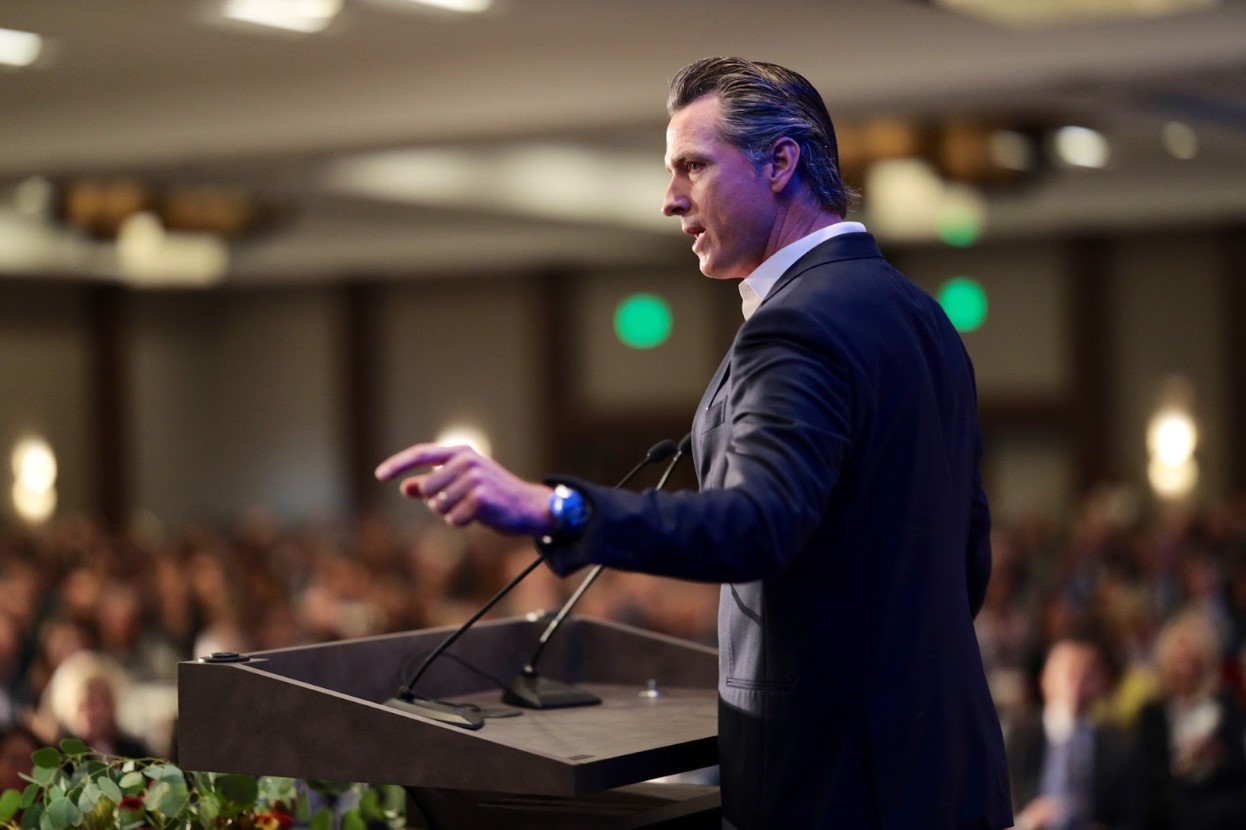
“We can solve this climate crisis if we focus on the big, bold steps necessary to cut pollution,” Gov. Gavin Newsom said in August 2022.
Hopefully, this new program can help lower gas prices in California and encourage a more equitable system of road funding.
